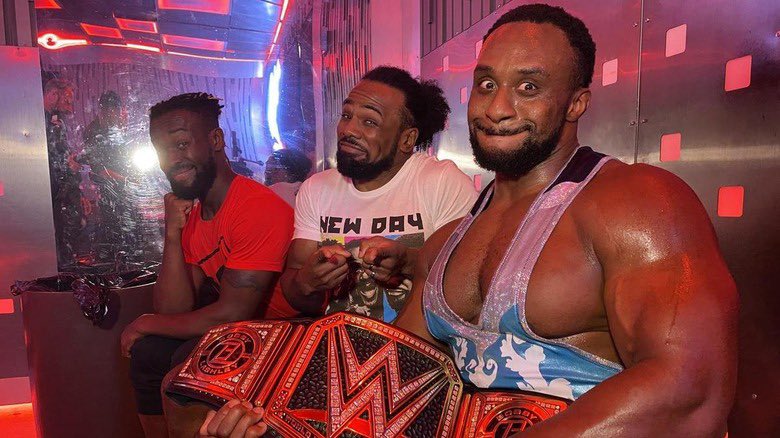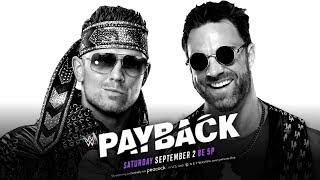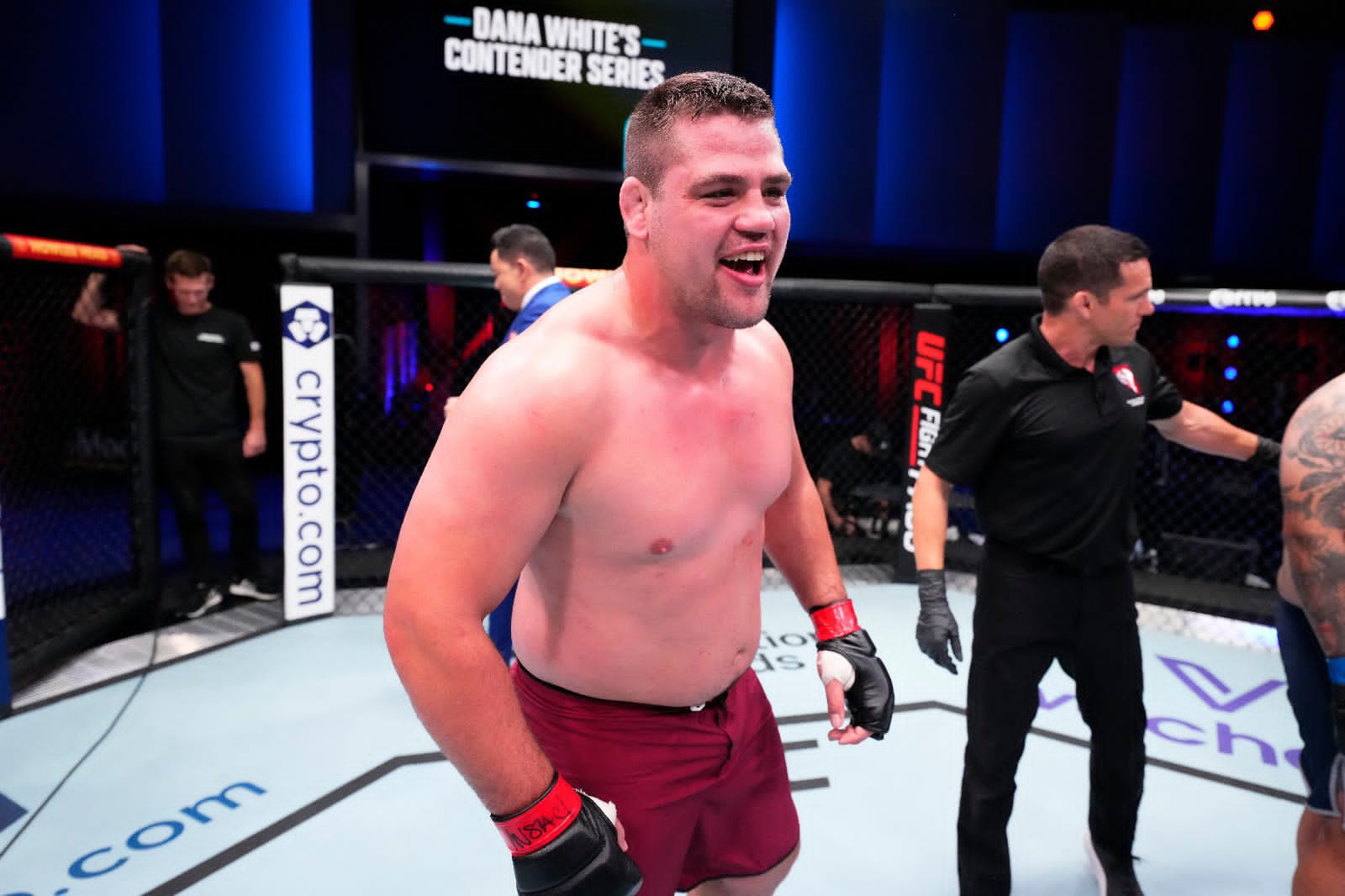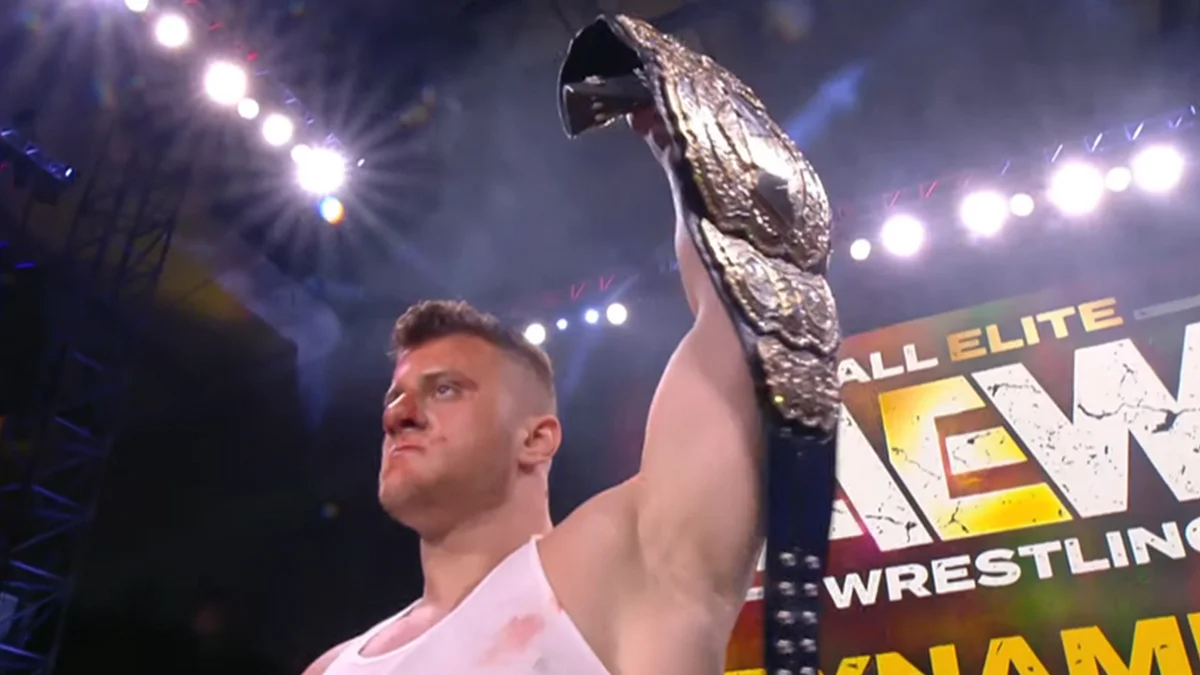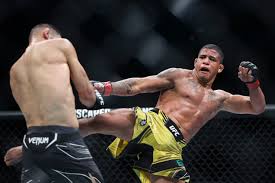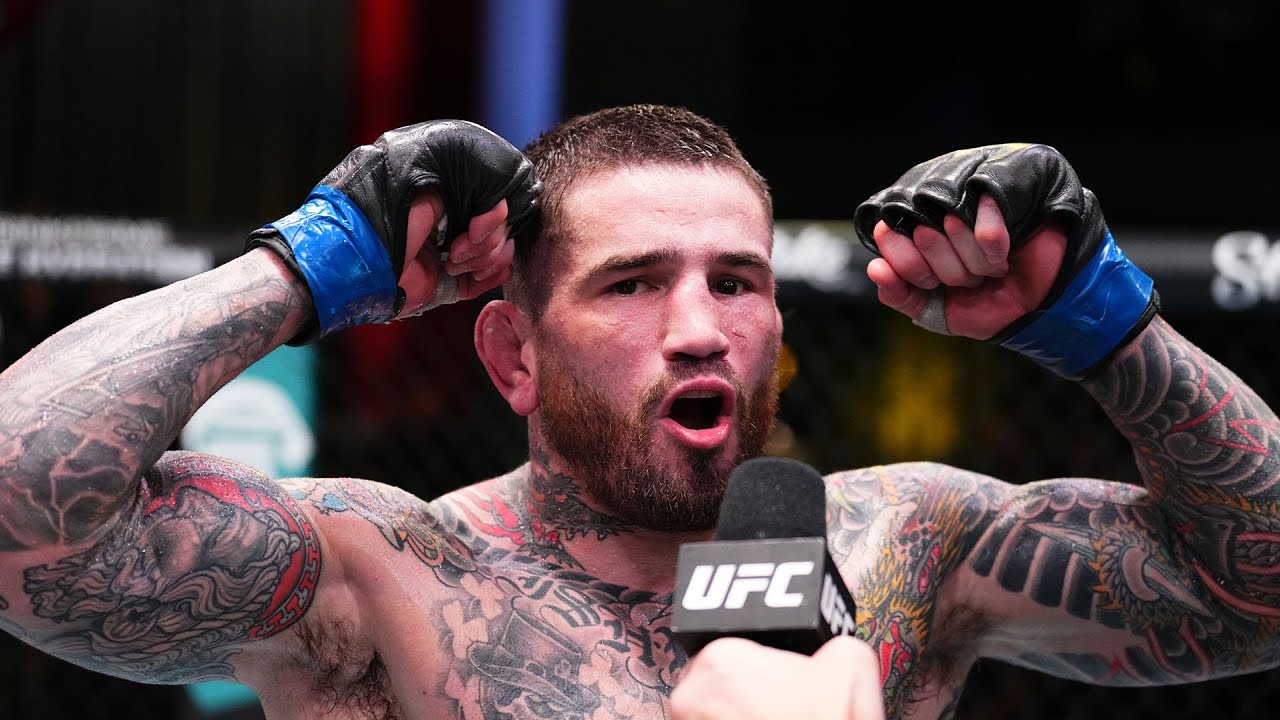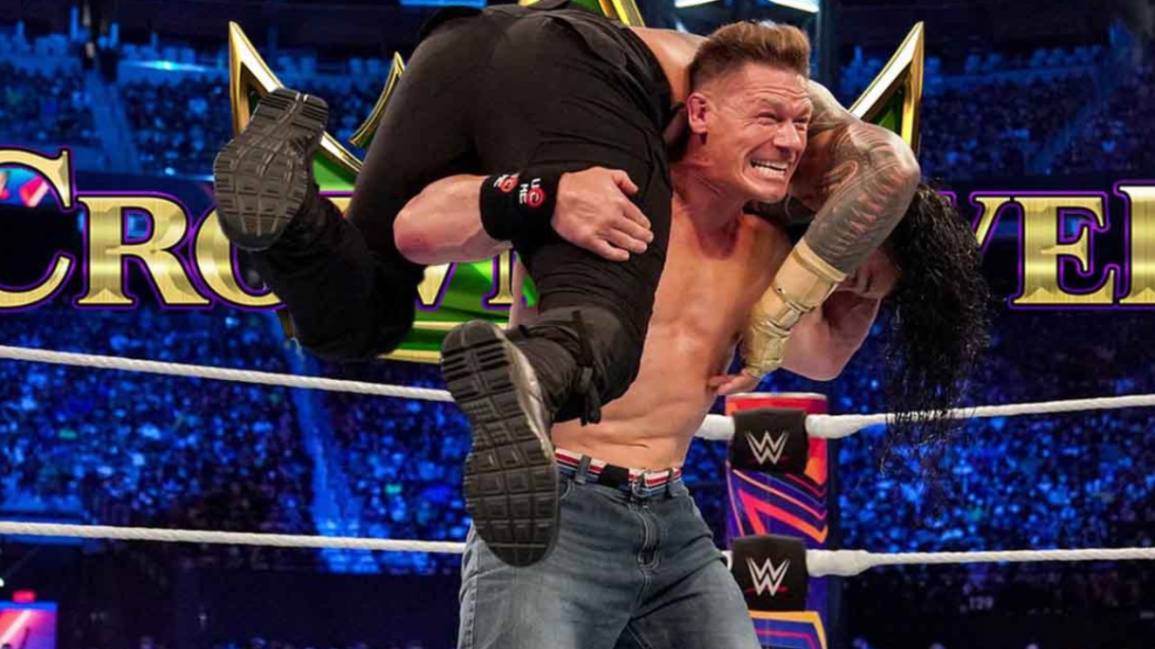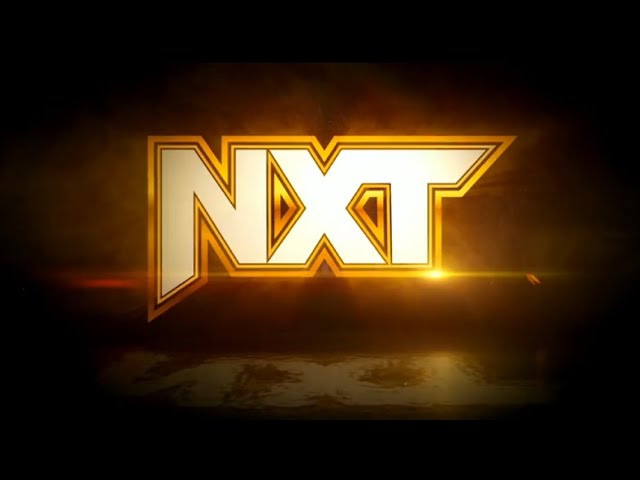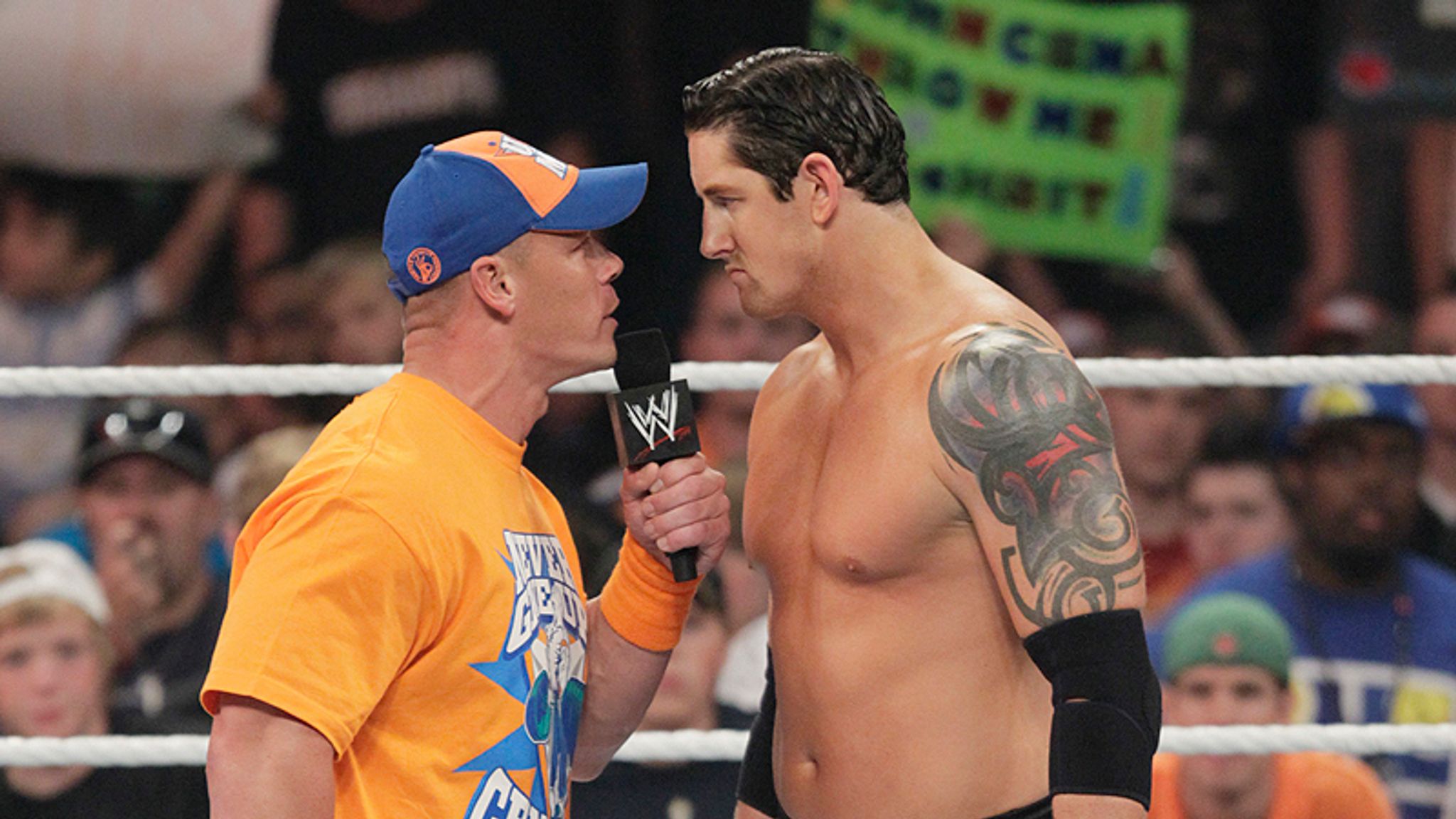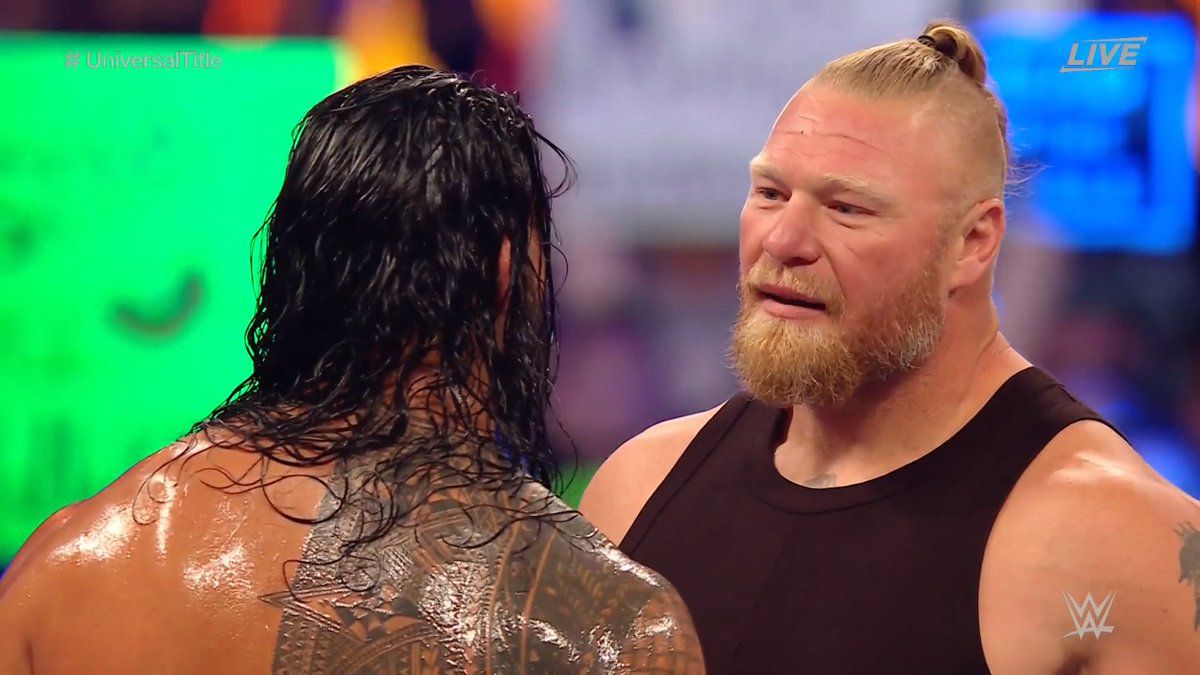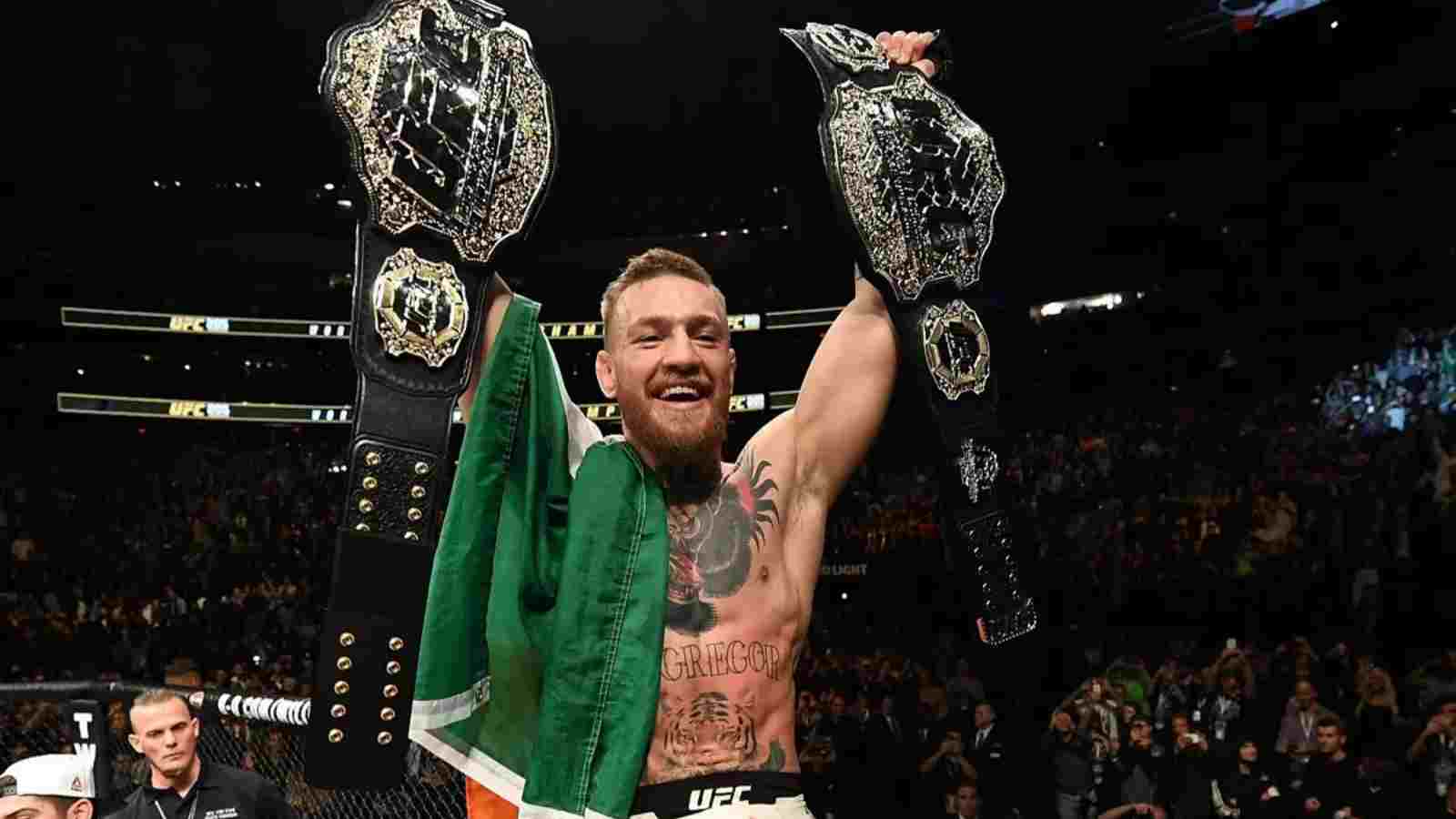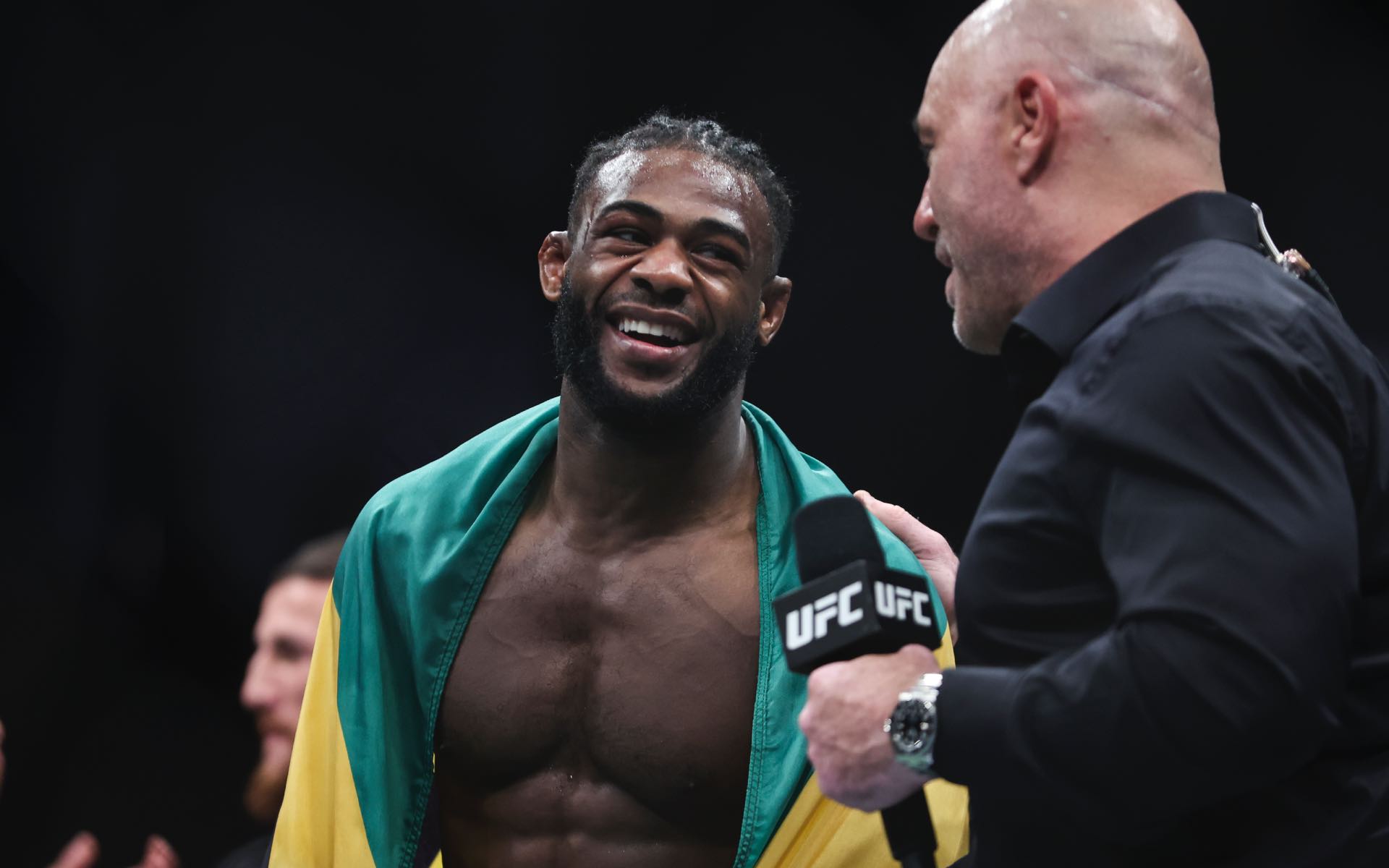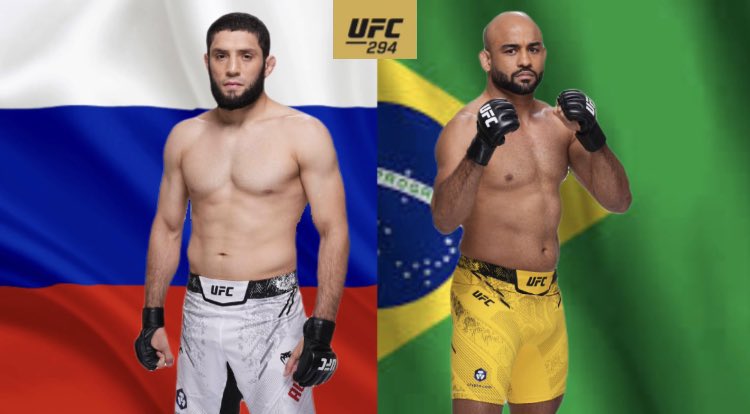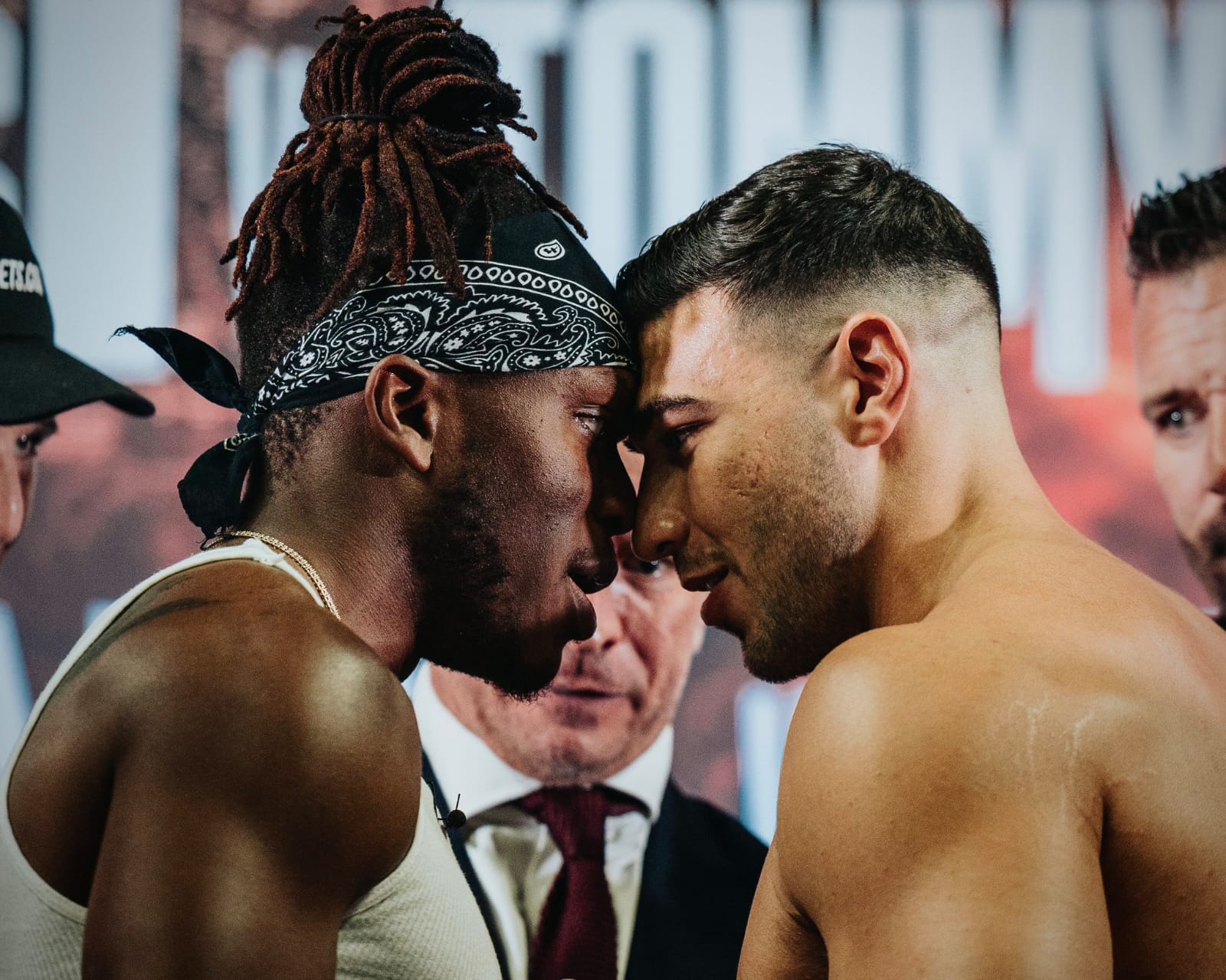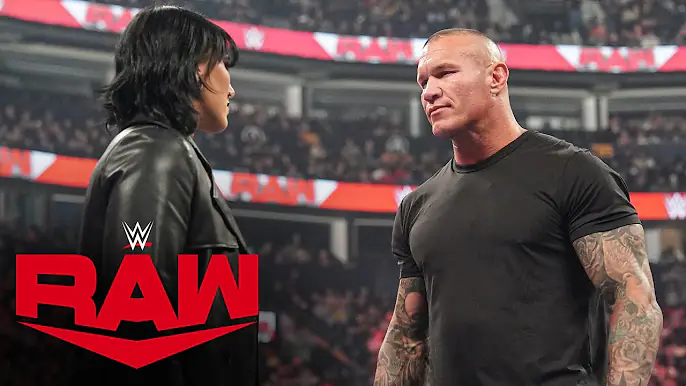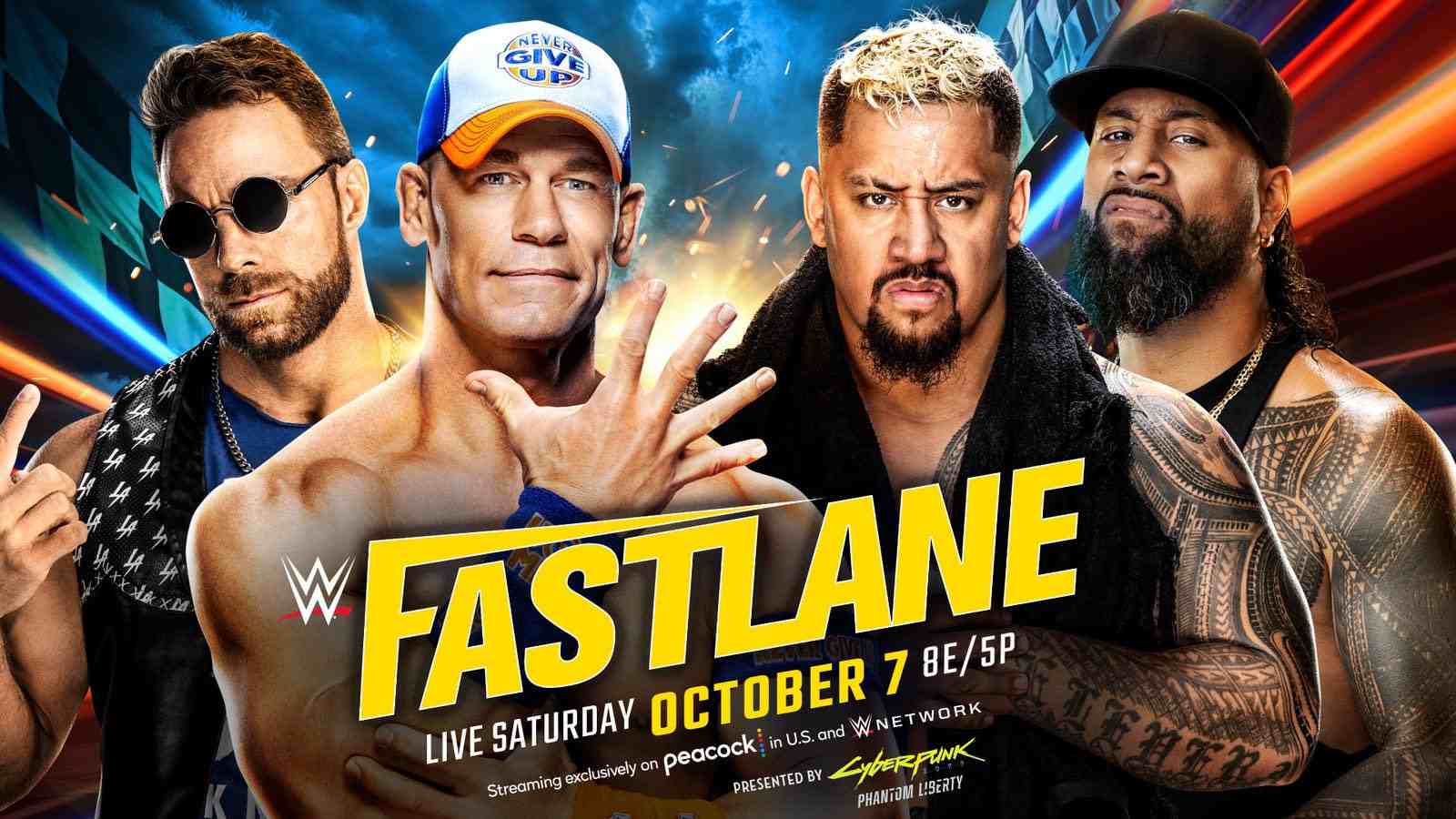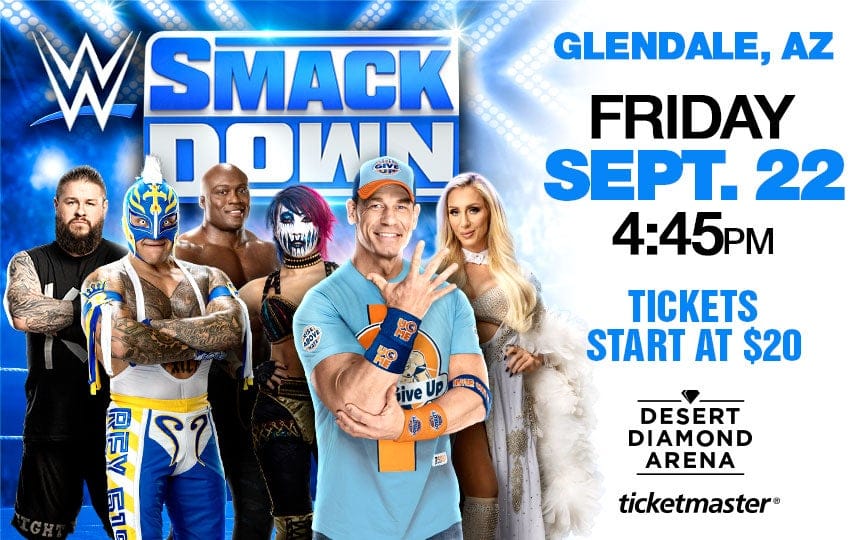Behind the Scenes: The Making of a UFC Pay-Per-View Event
The UFC fights are known to the audience as fast, intense, and spectacular spectacles viewed by millions of people all over the globe. Every single PPV fight night is a show, and it presents the best of the best in mixed martial arts (MMA). However, the successful performance of these events is due to the planning, organization, and hard work of many people behind the scenes. This article seeks to detail some of the complicated steps that go into creating a given UFC PPV spectacle, beginning with planning and propaganda and ending with the fight of the night in the Octagon cage.
The Initial Planning Phase
Event Scheduling or Venue Selection
The UFC PPV event starts with the schedule-making process and the choice of the arena. The UFC has its own schedule and often secures event venues a year in advance, as seen in the next section. Factors that affect the selection of venue include the market, the practicalities of the area, and tradition. The most preferred cities, such as Las Vegas, New York, and Abu Dhabi, have become firm favorites because of their ability to accommodate numbers and the physical facilities that are prerequisites to most sporting events.
Fighter contracts and matchmaking
Once the date is set, the promotional division of the UFC, along with matchmakers such as Sean Shelby and Mick Maynard, start building the fight card. This involves signing fighters, which entails things such as rankings, previous fights, and the promotability factor of the fighter. The main event and co-main event are usually the headline matches, which may involve popular athletes or championship matches. Thus, the process of selecting the match effectively presupposes knowledge of the sport, the fighters, and the fans’ preferences.
Promotion and marketing
Stoking the Fire and Making the World Wait
Promotion is a very important aspect that should be given much attention in the event of a PPV. In the case of the UFC, there are several marketing tactics that are used to create anticipation. This entails fighter promotional tours, media conferences, and interviews, among others. UFC has a media team that creates good-quality content, such as trailers, fight previews, and behind-the-scenes content, to capture the attention of their fans. Social media marketing is a key aspect of widening the circulation of promotional items, making them go viral, and interacting with enthusiasts.
Embedded Series and Countdown Shows
UFC embedded series and countdown shows are part of the promotion that cannot be skipped. These series give a detailed insight into the lives of the fighters, their training, and their psychological preparations for the fight. It not only helps to present fighters as more humane people but also constructs a story that fans can get interested in, feeling closer to the event.
The Logistics of Fight Week
Fighter Arrivals and Accommodations
Fight week can be described as eventful. Contestants, together with their camps, travel to the host city, where they are housed by the UFC. This is quite important because when the fighters are comfortably set and have all their wants met, attention is drawn to the final form of preparation. It’s the UFC staff who organize and plan fights, flights, accommodations, and anything else that fighters and their coaching staff may need.
Medical Examinations and Licensing
Any fighter who enters the cage must submit himself for a medical checkup to confirm that he or she is healthy to fight. This shall comprise checkups by licensed physicians and general physical, blood, and eye tests. Furthermore, fighters need commissions’ licenses from the athletic commission of the event, which involves paperwork and meeting the regulatory demands of the commission.
Media Obligations and Open Workouts
Of the many obligations that the media has, some of them include the following: media obligations and open workouts.
Throughout fight week, the fighters also engage in several media-related activities, such as interviews, press conferences, and open workout sessions. These are publicity events intended to sustain the fans’ interest and create public awareness. It is also necessary to note that open workouts allow fans to see how the fighters prepare for the bout and to get to know their character, which contributes to the atmosphere around the event.
The Weigh-Ins
Official Weigh-Ins and Ceremonial Weigh-Ins
Scales are obligatory during fight week preparation. They are generally carried out one day before the event. There are two weigh-ins: Before a fight, fighters are required to step on a scale at two types of weigh-ins: the official weigh-in, in which they have to be within their contracted weight, and the public weigh-in, which is normally done for fans and the media. The next day is normally the time for the pre-fight parsings, which usually include heart-stopping stares and last words from the fighters.
Weight cutting and rehydration
The concept of weight cutting describes a situation in which MMA fighters deplete considerable amounts of water in their bodies to fit a specific weight category. Post-weighing, fighters proceed to restore fluid balance as well as energy to prepare and get fit for the actual fight. The UFC has connections to fighters and medical officials that offer nutritionists and doctors to help the fighters really hydrate.
Event Day Preparations
Setting up the Venue
When it comes to the event, the concentration is shifted to the event place. The establishment of the octagon, lighting, sound systems, and broadcasting equipment is a complicated affair that requires the services of many people. The work of the production team in UFC is to have an oversight of everything, ranging from the fireworks that accompany each fighter to the cage to the replays that are done on the screen. Every aspect of the show is therefore choreographed to improve the live and/or viewing experience.
Preliminary Stages Before the Fight and the Warm-Up
Boxers, for example, reach the venue several hours before their fight time. They are given lockers that they use to warm up, get last-minute instructions from their trainers and coach, and psyche up for the fight. Scheduling and coordination are done by the UFC staff; this includes making sure fighters have everything ranging from medical needs to even special diets.
The Broadcast and Live Production
Commentary and Analysis
The commentators, analysts, and backstage reporters are other important personnel involved in the broadcast team that is responsible for reporting the event. They give information, background, and opinions that make the game more interesting for the fans. The knowledge of people like Joe Rogan, Daniel Cormier, and Jon Anik is instrumental in analyzing the fights and presenting the fans with the drama.
Live streaming and broadcasting
The UFC collaborates with many broadcasting networks and streaming services to bring the event to fans all across the world. The technical crew makes sure that what is being transmitted on air is smooth, with different camera shots, replays, and message displays. Despite this, the production team is well coordinated to deal with any eventuality, thus making it possible for the viewers to have a smooth run.
Post-Fight Activities
Post-Fight Press Conference
The pre-fight hype is followed by the post-fight press conference, in which the fighters and UFC officials speak to the media. Boxers analyze their workouts, the next bouts, and reflect on questions asked by the media. This event is useful for the media and fans in order to understand the results of the fight and prolong media interest in the event.
Payment for Fighting and Health Checks
After each fight, all the fighters are examined for any physical injuries that they may have incurred in their matches. It is the UFC’s responsibility to see that the fighters are taken through the necessary medical attention and then followed up if there is a need. Fighter remunerations ranging from base salary to win incentives and performance incentives are paid; this marks the end of the financial implications involved in the fighter’s engagement.
The Role of the Athletic Commission
Regulation and oversight
It is worthwhile to note that the athletic commission of the event is responsible for fair competition and the health statuses of the fighters. They control the weights and measures, the medical examinations, and also supervise the bouts’ referees. The commission selects referees and judges, besides overseeing that all the laid-down regulations are followed at the event.
Anti-Doping Measures
The UFC, therefore, collaborates with the United States Anti-Doping Agency (USADA), which oversees strict drug testing, to make the sport free of vice. It means fighters are randomly tested throughout the year, and all fighters are tested during fight week. These measures assist in keeping the sport and game as clean as possible and eradicating the possibility of unfair competition.
The Employment and Welfare Impact
Revenue Generation
In their events, the UFC PPV attracts revenues through tickets, PPV, the buying of franchise merchandise, and various sponsorships. This is supported by the fact that big-name tussles always attract a lot of fans, thus earning the UFC and its fighters a lot of money. As it has an influence on the overall economy, the host city’s economy is boosted through increased tourism as well as business activities that accompany the occasion.
Fighter Earnings
Prize money is the base pay, win bonuses, performance bonuses, and a cut from the pay per view money, especially for the championship card fighters. Besides this, successful fighters who have many followers can also get good sponsorship contracts, which will contribute to their income. The financial aspect is a form of motivation since the fighters are hence encouraged to give their best in fighting.
The Aftermath and Legacy
This paper has sought to analyze an event and plan for the future.
In essence, after organizing the event, a critical evaluation is done by the UFC to determine the level of success or other possible flaws. Fighters’s comments on the event, coaches comments, other organizational staff, and fans’ views are taken into consideration when planning for the next event. Such a process of continuous improvement ensures that the UFC sustains its status as the leading MMA institution throughout the world.
Building fighter legacies
Every PPV event helps to build the history of the competitors. Winning can turn fighters into superstars overnight, while on the other hand, losses make fighters wiser in the ring. These events become the basis for legends and contribute to the formation of the history of the sport and the encouragement of other generations of fighters.
The creation of a UFC Pay-Per-View event is not a simple procedure that can be done in a single day; instead, it is a detailed procedure that requires a lot of things to be planned, coordinated, and implemented. Starting with the schedule-making and the selection of the partners

